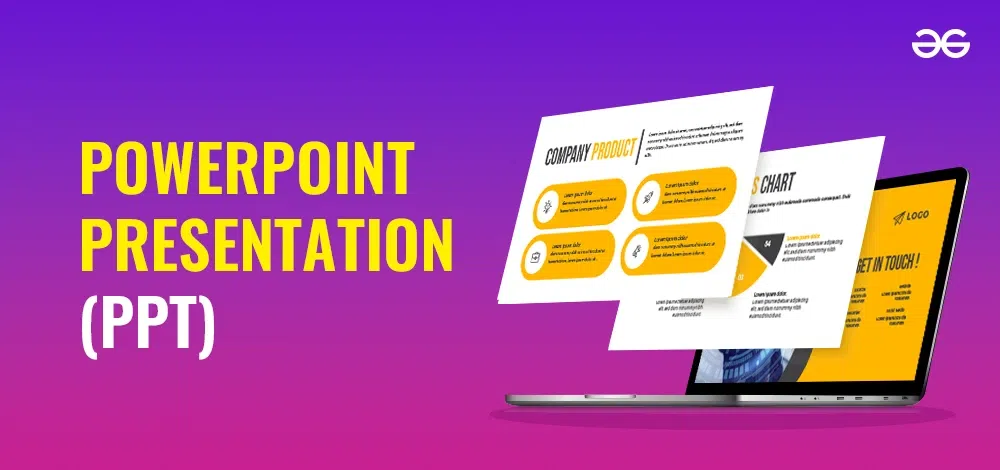Custom PowerPoint#1
Mastering Custom PowerPoint Presentations
- Title: “Mastering Custom PowerPoint Presentations”
- Subtitle: “A Guide to Creating Effective and Personalized Slide Decks”
- Name/Date/Company Logo
Talking Points:
- Brief introduction of the topic.
- Mention the benefits of a custom PowerPoint presentation, such as increased engagement, better brand alignment, and tailored content.
Slide 2: Introduction to Custom PowerPoint Presentations:Custom PowerPoint Presentations
- Title: What is a Custom PowerPoint Presentation?
- Content: Definition and overview.
Talking Points:
- Explain what “custom” means in the context of PowerPoint.
- Highlight the advantages: adaptability, unique branding, and aligning with specific goals or themes.
Slide 3: Importance of Customization:Custom PowerPoint Presentations
- Title: Why Customize?
- Content: Overview of benefits—engagement, clarity, and professionalism.
Talking Points:
- Engaging visuals tailored to the audience’s needs.
- Conveying professionalism through consistency.
- Importance of brand identity alignment.
Slide 4: Understanding Your Audience:Mastering Custom PowerPoint Presentations
- Title: Knowing Your Audience
- Content: Key questions to ask about your audience (age, knowledge level, preferences).
Talking Points:
- Why understanding your audience influences design choices.
- Discuss how tone, style, and complexity should be audience-appropriate.
Slide 5: Planning Your Content:Mastering Custom PowerPoint Presentations
- Title: Content Planning
- Content: Steps for organizing information (outline, main points, supporting details).
Talking Points:
- Importance of creating an outline.
- Methods for selecting and prioritizing key points.
- How to keep content concise and impactful.
Slide 6: Designing Slide Layouts:Mastering Custom PowerPoint Presentations
- Title: Effective Slide Layouts
- Content: Types of layouts (title slides, text-heavy slides, image-focused slides).
Talking Points:
- Explain when to use each type of layout.
- Balancing visuals with text.
- Tips for consistency (e.g., font size, alignment).
Slide 7: Choosing a Color Scheme:Mastering Custom PowerPoint Presentations
- Title: Color Scheme Selection
- Content: How to select colors that align with the brand and message.
Talking Points:
- Color psychology and its impact on audience perception.
- Techniques for choosing complementary colors.
- Using brand colors to enhance recognition.
Slide 8: Selecting Fonts:Custom PowerPoint Presentations
- Title: Font Choices and Typography**
- Content: Importance of readability, font types (serif, sans-serif).
Talking Points:
- Font hierarchy and its role in guiding viewer attention.
- Choosing professional fonts that match your theme.
- Avoiding excessive font styles or sizes.
Slide 9: Incorporating Visuals:Custom PowerPoint Presentations
- Title: The Role of Visuals
- Content: Types of visuals (images, icons, charts) and their uses.
Talking Points:
- Benefits of using visuals to simplify complex information.
- Tips for selecting high-quality, relevant images.
- Ensuring visuals are well-aligned with the theme.
Slide 10: Animation and Transitions:Custom PowerPoint Presentations
- Title: Using Animations and Transitions
- Content: Benefits and guidelines for animations.
Talking Points:
- Subtle vs. dynamic animations: when to use each.
- Keeping transitions smooth and professional.
- How animations can help guide the viewer’s focus.
Slide 11: Adding Interactivity:Custom PowerPoint Presentations
- Title: Interactive Elements
- Content: Adding clickable links, buttons, and Q&A slides.
Talking Points:
- Discuss benefits of interactivity for audience engagement.
- Examples of interactive slides, such as quizzes or navigational buttons.
- How to integrate interactivity without overwhelming the presentation.
Slide 12: Final Touches & Proofreading:Custom PowerPoint Presentations
- Title: Final Touches
- Content: Proofreading and quality checks.
Talking Points:
- Importance of revising for clarity and flow.
- Tips for final adjustments, such as checking alignment and slide order.
- Reviewing with fresh eyes or asking for feedback.
Slide 13: Common Mistakes to Avoid
- Title: Pitfalls in Custom PowerPoint Creation
- Content: Common issues (overcrowded slides, inconsistent design).
Talking Points:
- Examples of mistakes like excessive text or distracting transitions.
- Tips for achieving a clean, polished look.
Slide 14: Case Study or Example
- Title: Example of an Effective Custom Presentation
- Content: Showcase a successful custom presentation.
Talking Points:
- Describe what makes this example effective.
- Point out how design, content, and structure contribute to its success.
Slide 15: Custom PowerPoint Presentations
- Title: Wrapping Up and Questions
- Content: Summary and open floor for questions.
Talking Points:
- Recap the main takeaways.
- Encourage the audience to ask questions about creating custom presentations.
-
Additional Tips for Academic Presentation SuccessExamples of Academic PowerPoint Presentation TopicsWrapping It Up
Need Help With a Project on This or Another Topic?
Cooperate with seasoned experts directly — create your project now and start getting help in 2 minutes.
Order Now



